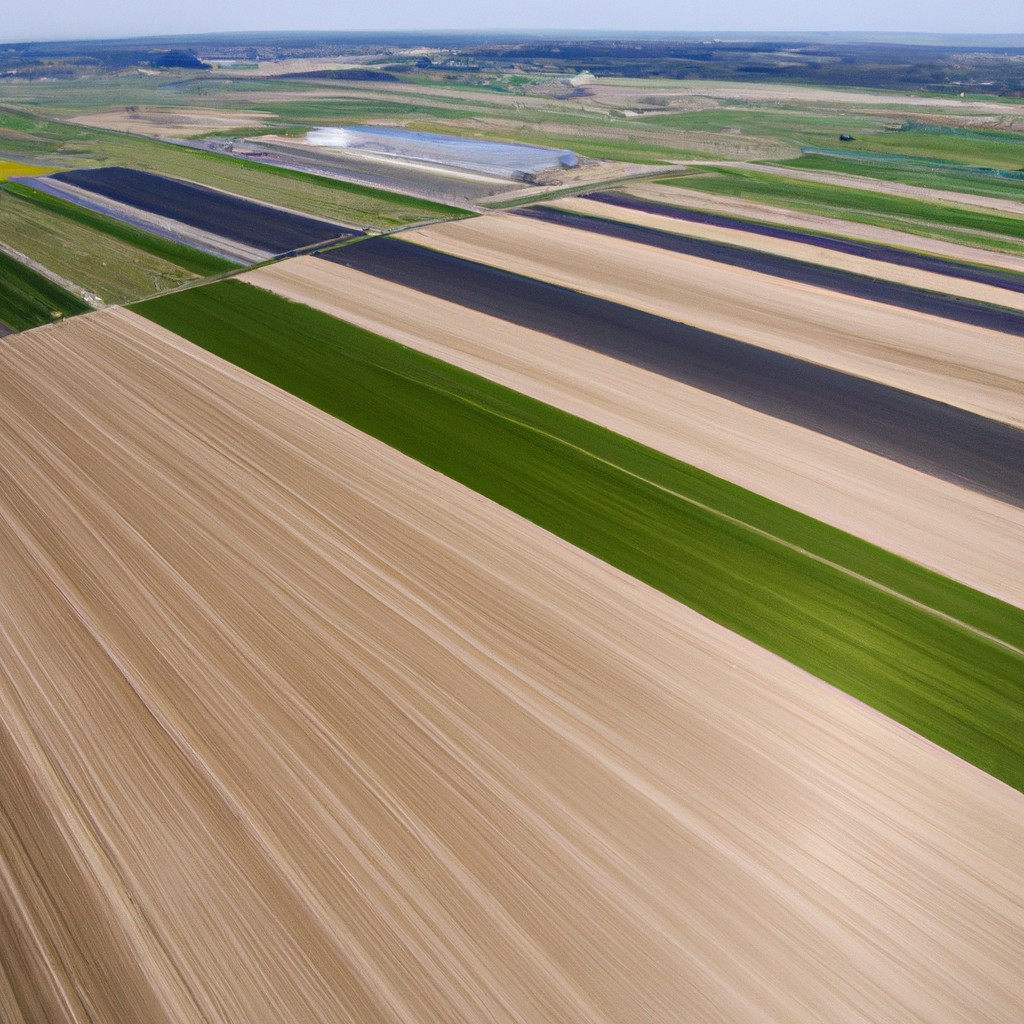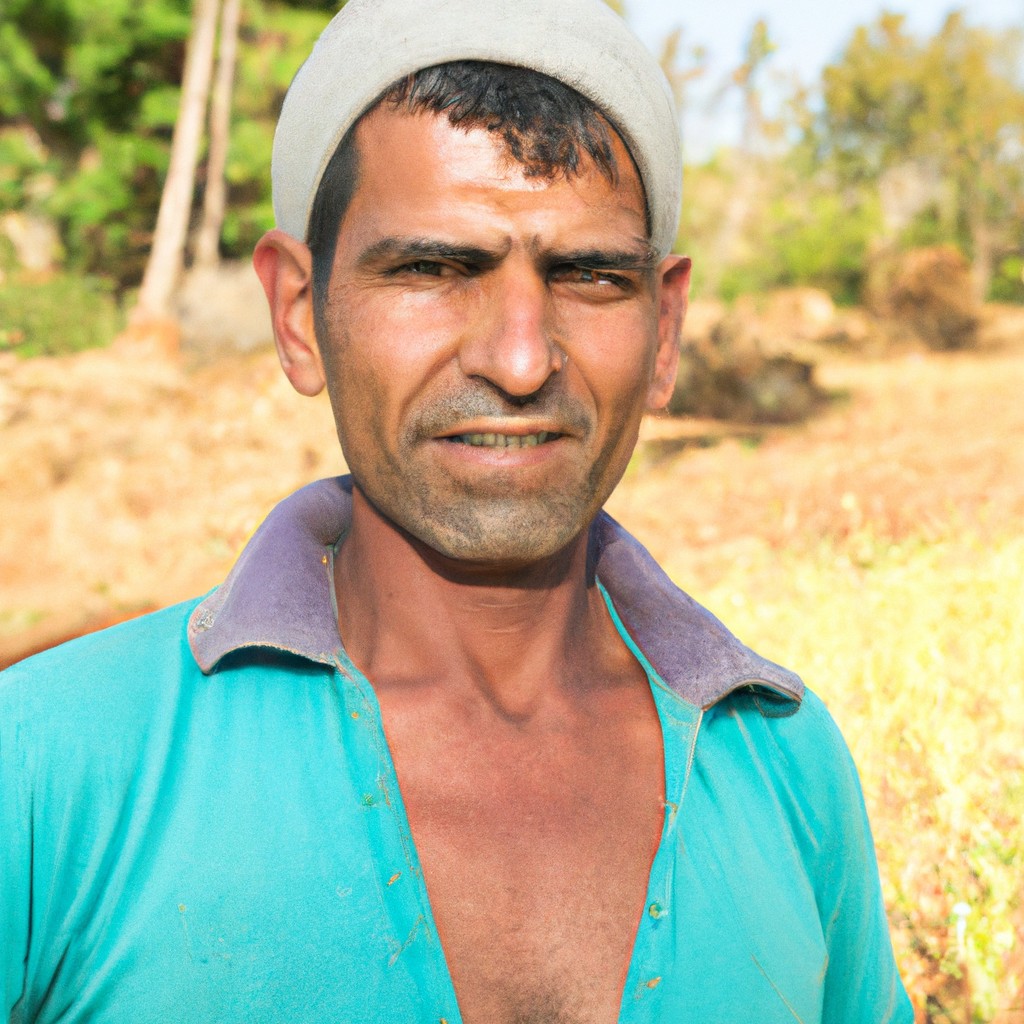This article provides clear examples of intensive agriculture, detailing how this method maximizes crop production from small areas.
Look Inside:
Concentrated Animal Feeding Operations (CAFOs)

These operations house a large number of animals such as cows, pigs, and chickens in confined spaces. The main goal is to maximize output while minimizing land usage. Animals are typically kept in enclosures that restrict movement, thereby reducing the land needed for grazing. This setup allows farmers to significantly increase production efficiency but also raises ethical and health concerns.
CAFOs often rely heavily on artificial feeds, antibiotics, and hormones to promote rapid growth of the animals and to prevent diseases that may spread quickly in such crowded conditions. This method offers a way to meet the growing demand for meat, dairy, and eggs, particularly in urban markets.
However, the concentration of waste from a large number of animals can lead to environmental pollution. Runoff from these sites can contaminate local water bodies with nutrients and pathogens, leading to degraded ecosystems and impacting human health downstream.
Despite their efficiency, the debate continues about the sustainability and ethics of CAFOs, considering their effects on animal welfare, human health, and the environment.
Use of Agrochemicals
Agrochemicals, which encompass fertilizers, pesticides, herbicides, and fungicides, are integral to intensive agricultural practices designed to maximize crop yields. These chemicals help manage pests and diseases while promoting robust plant growth. However, their overuse poses significant risks, such as soil degradation, water contamination, and adverse effects on wildlife. The balance between achieving high productivity and minimizing environmental harm is crucial in the dialogue about sustainable farming practices.
Genetically Modified Organism (GMO) Seeds
Genetically modified seeds are engineered in labs to enhance specific traits such as increased resistance to pests or improved nutritional content. These seeds can lead to higher yields for farmers, helping them produce more crops per acre. They are particularly useful in regions where pests and diseases can destroy large portions of agricultural output.
However, the use of GMO seeds raises concerns about potential long-term impacts on health and the environment. They can lead to reduced biodiversity because they often require farmers to plant single, uniform varieties. Additionally, pests might evolve to resist these modifications, potentially leading to a cycle where more and stronger interventions are needed.
Lastly, these seeds are patented by their creators, which can increase dependency of farmers on a few large corporations for their seed supply, impacting farming independence and pricing.
Environmental Impact
Intensive agriculture’s reliance on heavy machinery and large-scale monoculture depletes soil nutrients and leads to significant erosion over time. This erosion can then pollute nearby rivers and lakes with sediments and agricultural chemicals. Increased pesticide and fertilizer application are common in these farming practices, which often result in harmful runoff. This runoff can lead to algal blooms in water bodies, destroying aquatic ecosystems and reducing biodiversity.
Furthermore, the high levels of greenhouse gases emitted from intensive agricultural practices contribute to global warming. Methane from livestock and nitrous oxide from fertilizer application are potent greenhouse gases. The push for higher yields compels farmers to convert forests and grasslands into agricultural land, reducing carbon sequestration and exacerbating climate change.
Sustainability
Intensive agriculture often leads to severe environmental degradation, including soil depletion and water resource depletion. This raises concerns about the long-term viability of farming practices that squeeze every last drop from the earth for immediate gains.
One major aspect of promoting sustainability in such systems involves adopting techniques that replenish the soil and reduce chemical runoff. Crop rotation, cover cropping, and organic farming are effective ways to maintain soil health and reduce dependence on synthetic inputs.
Another strategy includes integrating technology to improve water efficiency, such as drip irrigation and moisture sensors, which help conserve water and reduce wastage.
Lastly, encouraging biodiversity on farms can help support ecosystem health. Planting a variety of crops and maintaining habitats for beneficial insects and wildlife can create a more balanced and resilient farming system.
These approaches not only help mitigate the negative impacts of intensive farming but also pave the way for a more sustainable agricultural future.




